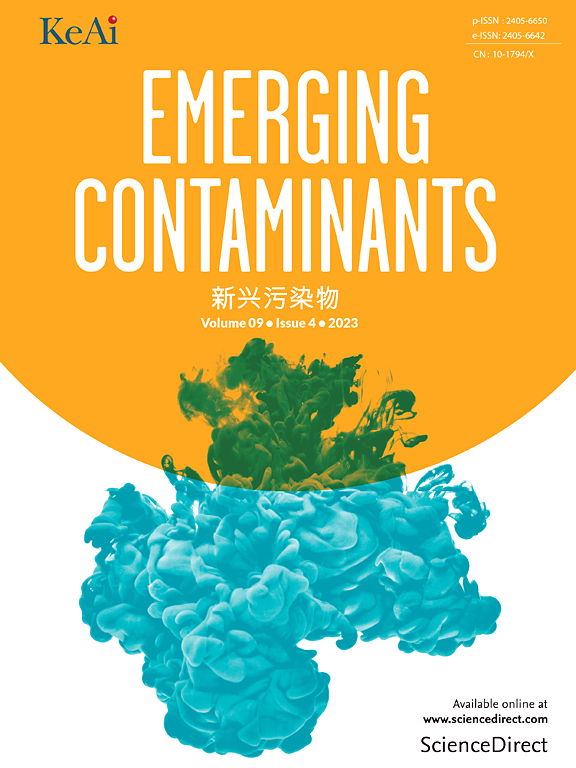A critical review of the methods being proposed to solve the PFAS problem in drinking water: Are they practically applicable in real world?
IF 6.9
2区 环境科学与生态学
Q1 ENVIRONMENTAL SCIENCES
引用次数: 0
Abstract
Perfluoroalkyl and polyfluoroalkyl substances (PFAS) are hardly degradable and persistent chemical compounds being detected all over the world and becoming more and more relevant while preparing drinking water. The existing techniques used for PFAS removal from water are effective, but they have a lot of limitations that hinder their wide and easy large-scale application. Up to date, a lot of newly designed methods have been suggested and investigated to remove PFAS from drinking water. However, although the achieved results of PFAS removal and/or decomposition efficiency are usually quite positive, a detailed analysis of experimental conditions is often required to evaluate the practical applicability of the proposed methods. Practical applicability is determined based on both technical possibilities and economic feasibility for large-scale applications. Today, the main focus of environmentally oriented scientific research should be directly related to real-world applications. Therefore, this article aims to provide a detailed review of the methods being proposed for PFAS removal from the applicability perspective and identify the main limitations hindering the wide exploitation of these PFAS removal techniques. This review article will help both scientists and engineers to focus on solving the most relevant problems that should be considered to make practical application possible. Some methods which are out of competition from both technological and economical point of view can be just rejected.
对提出的解决饮用水中PFAS问题的方法进行批判性回顾:它们在现实世界中实际适用吗?
全氟烷基和多氟烷基物质(PFAS)是一种难以降解的持久性化合物,在世界各地都被检测到,在饮用水的制备中越来越重要。现有的去除水中PFAS的技术是有效的,但它们存在许多局限性,阻碍了它们的广泛和容易的大规模应用。近年来,人们提出并研究了许多去除饮用水中PFAS的新方法。然而,尽管PFAS去除和/或分解效率的结果通常是相当积极的,但通常需要对实验条件进行详细分析,以评估所提出方法的实际适用性。实用性是根据大规模应用的技术可能性和经济可行性来确定的。今天,面向环境的科学研究的主要重点应直接与现实世界的应用有关。因此,本文旨在从适用性的角度对目前提出的PFAS去除方法进行详细的综述,并指出阻碍这些PFAS去除技术广泛应用的主要限制。这篇综述文章将帮助科学家和工程师集中精力解决最相关的问题,这些问题应该被考虑到,使实际应用成为可能。一些在技术和经济上都不具有竞争力的方法可以直接拒绝。
本文章由计算机程序翻译,如有差异,请以英文原文为准。
求助全文
约1分钟内获得全文
求助全文
来源期刊

Emerging Contaminants
Medicine-Public Health, Environmental and Occupational Health
CiteScore
10.00
自引率
6.70%
发文量
35
审稿时长
44 days
期刊介绍:
Emerging Contaminants is an outlet for world-leading research addressing problems associated with environmental contamination caused by emerging contaminants and their solutions. Emerging contaminants are defined as chemicals that are not currently (or have been only recently) regulated and about which there exist concerns regarding their impact on human or ecological health. Examples of emerging contaminants include disinfection by-products, pharmaceutical and personal care products, persistent organic chemicals, and mercury etc. as well as their degradation products. We encourage papers addressing science that facilitates greater understanding of the nature, extent, and impacts of the presence of emerging contaminants in the environment; technology that exploits original principles to reduce and control their environmental presence; as well as the development, implementation and efficacy of national and international policies to protect human health and the environment from emerging contaminants.
 求助内容:
求助内容: 应助结果提醒方式:
应助结果提醒方式:


